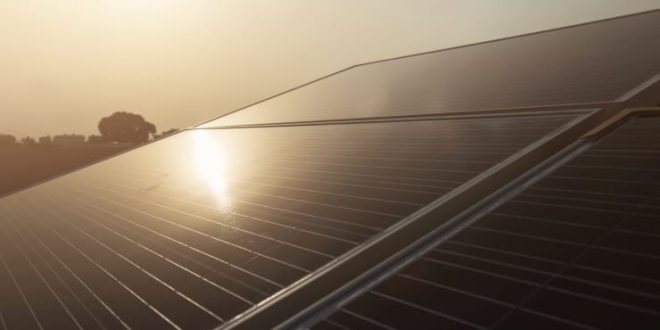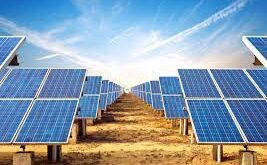India’s Adani Green Energy Limited (AGEL) has won a major contract which will see the firm develop 8 gigawatts (GW) of solar power over the next few years, as authorities in the country look to ramp up capacity to meet ambitious renewable energy targets.
Announced on Tuesday, the $6 billion manufacturing-linked agreement between AGEL and the Solar Energy Corporation of India (SECI) will see AGEL set up 2 GW of what it described as solar cell and module manufacturing capacity.
Under the agreement AGEL, which is part of the larger Adani Group, will develop 2 GW of solar capacity by the year 2022, with the other 6 GW coming online in 2 GW chunks. These projects will include a large-scale single-site generation project of 2 GW.
In terms of the manufacturing facilities, Adani said that these would be set up by the year 2022. They will supplement a current production capacity of 1.3 GW and represent the latest example of India attempting to boost its domestic manufacturing capabilities.
SECI had made several attempts to kick start the domestic manufacturing process through tenders but had failed to attract sufficient investors in the past, Rishab Shrestha, a senior research analyst at Wood Mackenzie, said in a statement emailed.
The cost competitiveness of domestic manufactured modules against Chinese imports was and still remains the key hurdle, Shrestha added.
According to AGEL, the deal announced Tuesday will lead to the creation of 400,000 direct and indirect employment roles.
The drive for self-reliance on the energy value chain is becoming stronger as coronavirus disrupted the solar imports earlier in the year and impacted … installation activity, Wood Mackenzie’s Shrestha said.
Focusing on localising (the) supply chain also offers significant job opportunities for the growing Indian workforce, he added. The scale of renewable projects is also being given a sharp focus as it’s critical in driving down costs.
Prime Minister Narendra Modi’s government has set itself some ambitious targets when it comes to renewable energy, including a near term goal of 175 GW of renewable capacity by the year 2022. Capacity refers to the maximum amount that installations can produce, not what they are currently generating.
To put these targets into perspective, the country’s installed capacity at the end of May — for all energy sources — was slightly over 370 GW, according to government statistics.
Breaking the numbers down, renewables — listed as small hydro, wind, solar and bio-power — accounted for over 87.3 GW of this total.
By contrast, installed coal capacity stood at just over 205 GW, a figure which reinforces how much work still needs to be done. Moreover, the International Energy Agency states that coal remains India’s largest domestic source of energy supply and electricity generation.
 Iran Energy News Oil, Gas, Petrochemical and Energy Field Specialized Channel
Iran Energy News Oil, Gas, Petrochemical and Energy Field Specialized Channel




